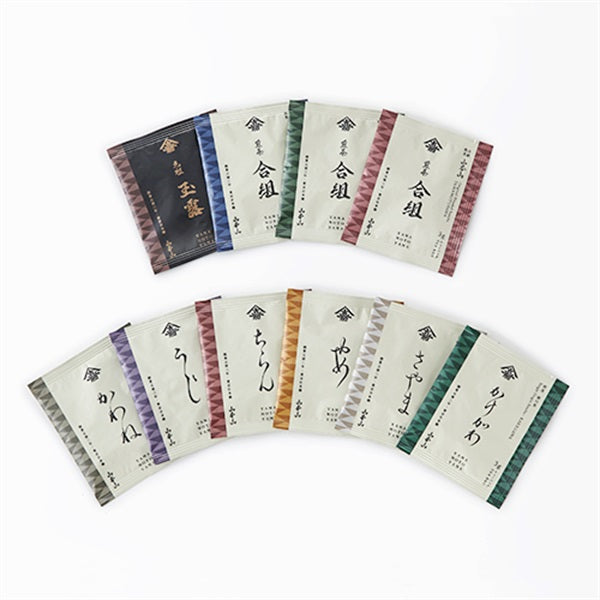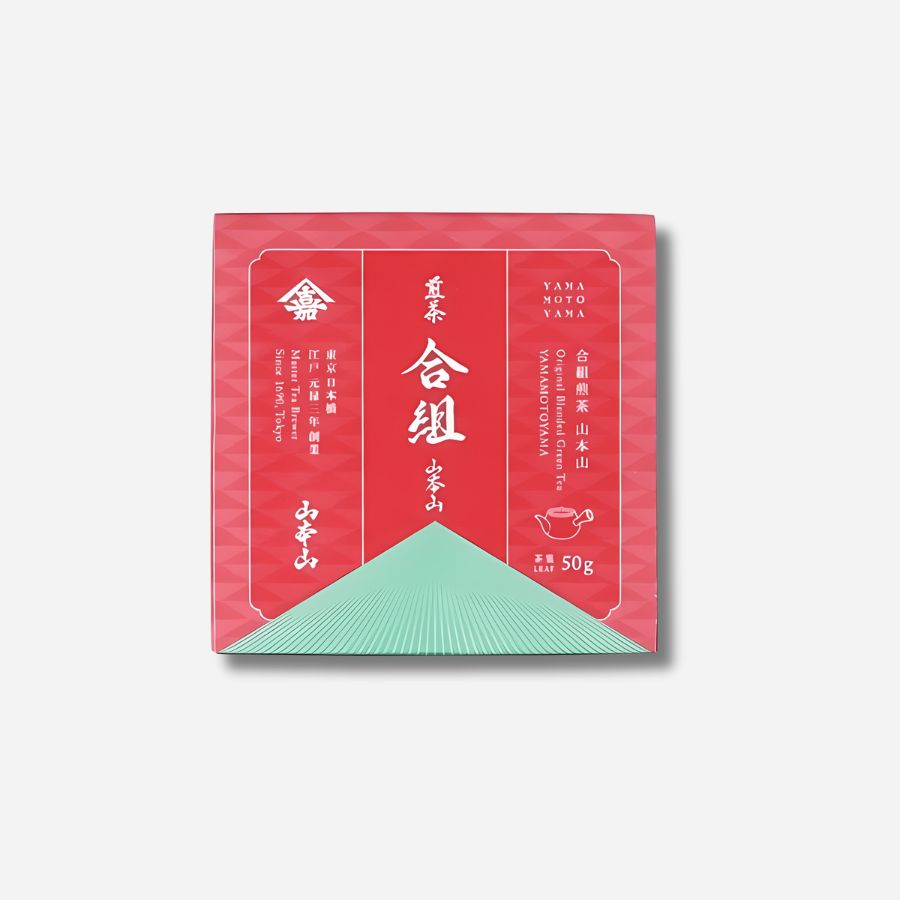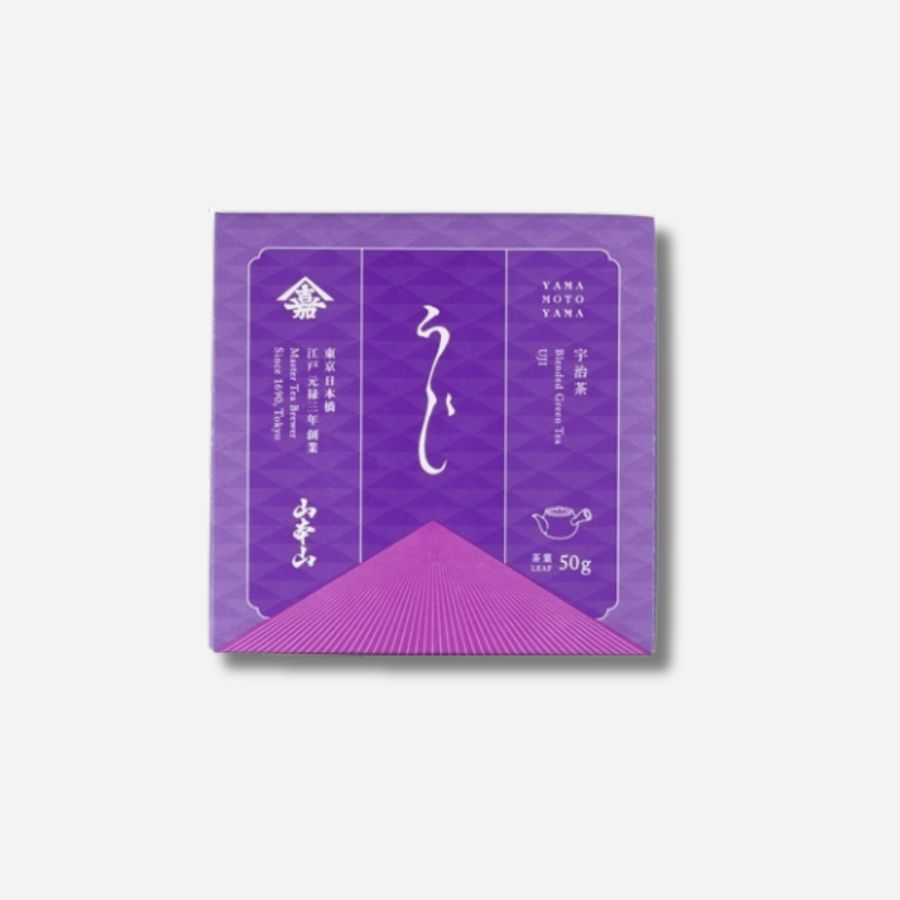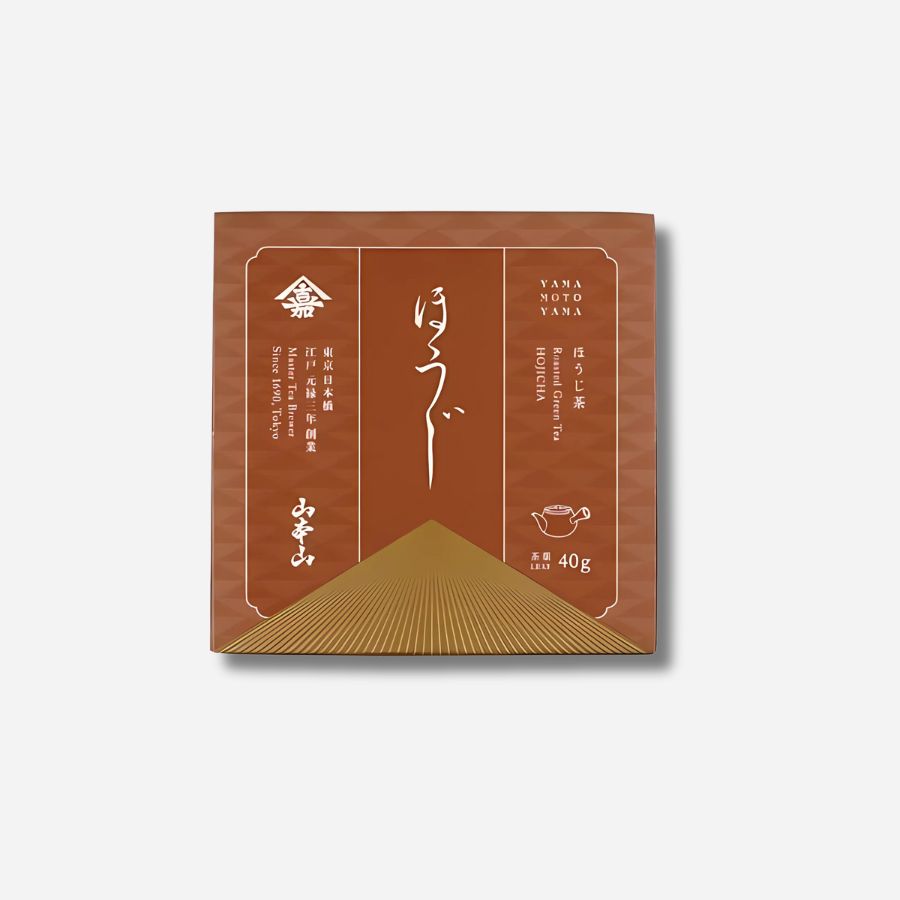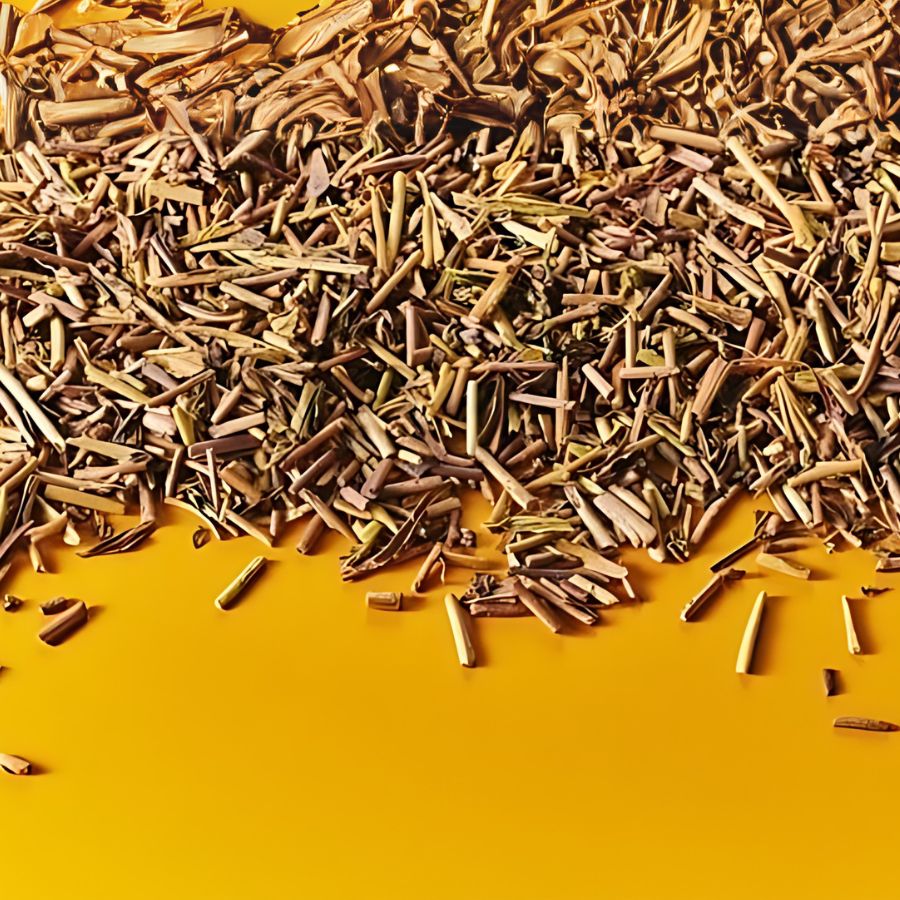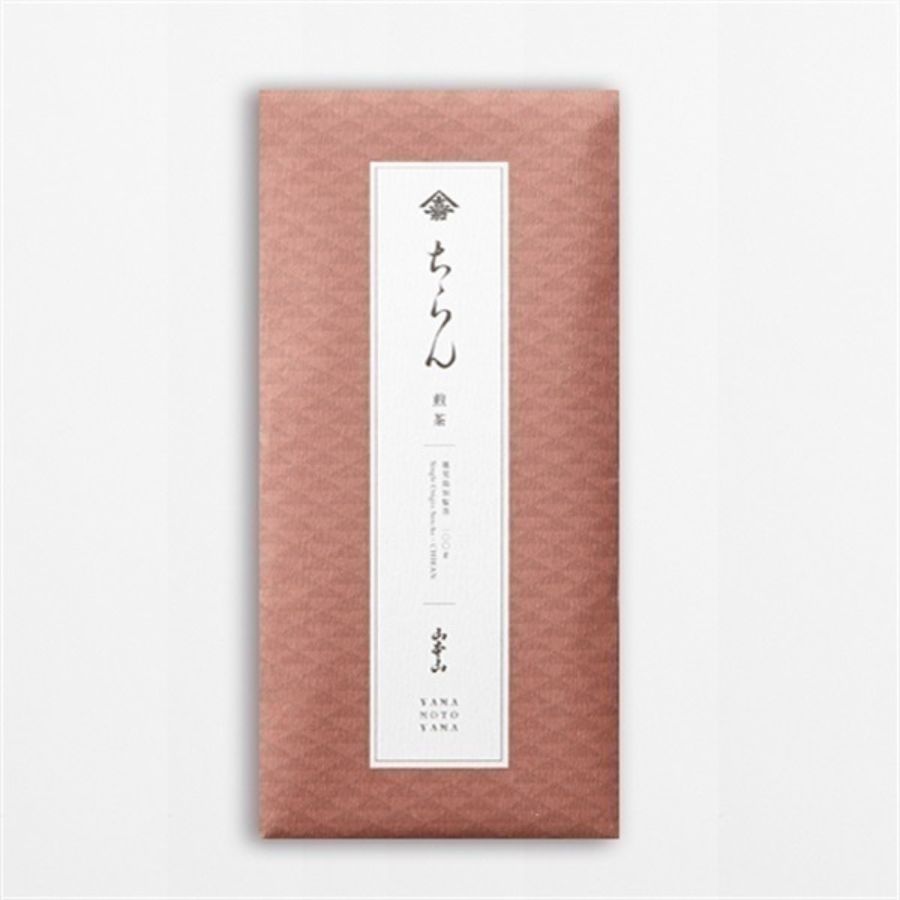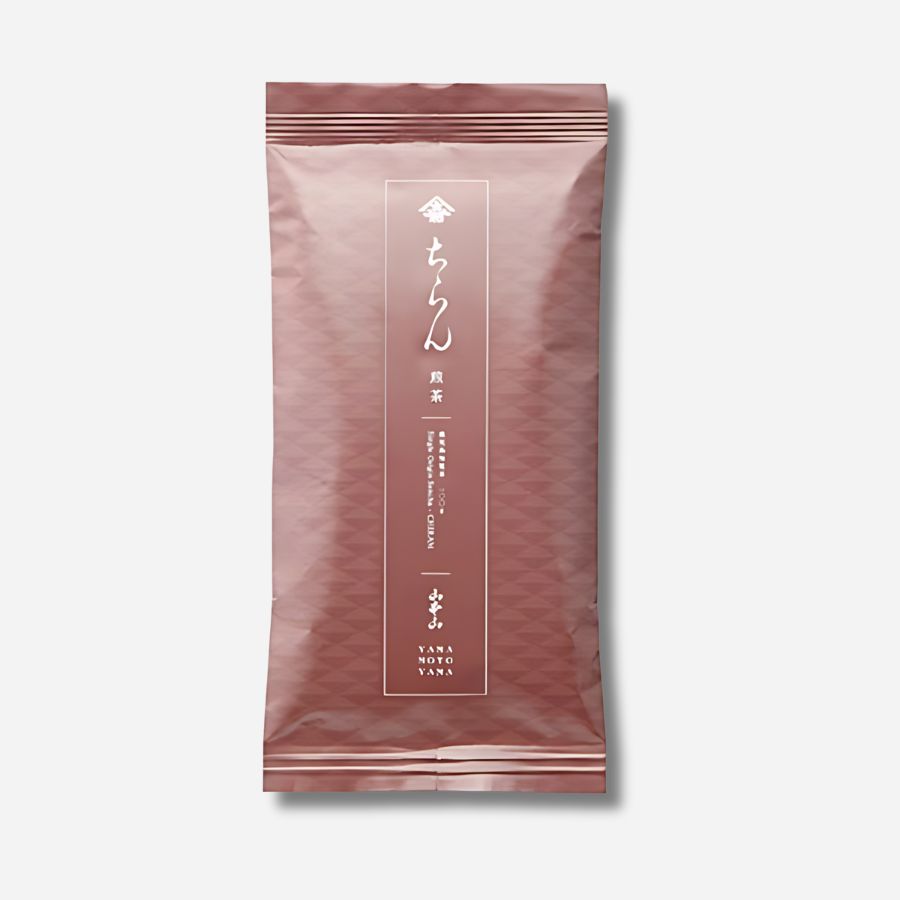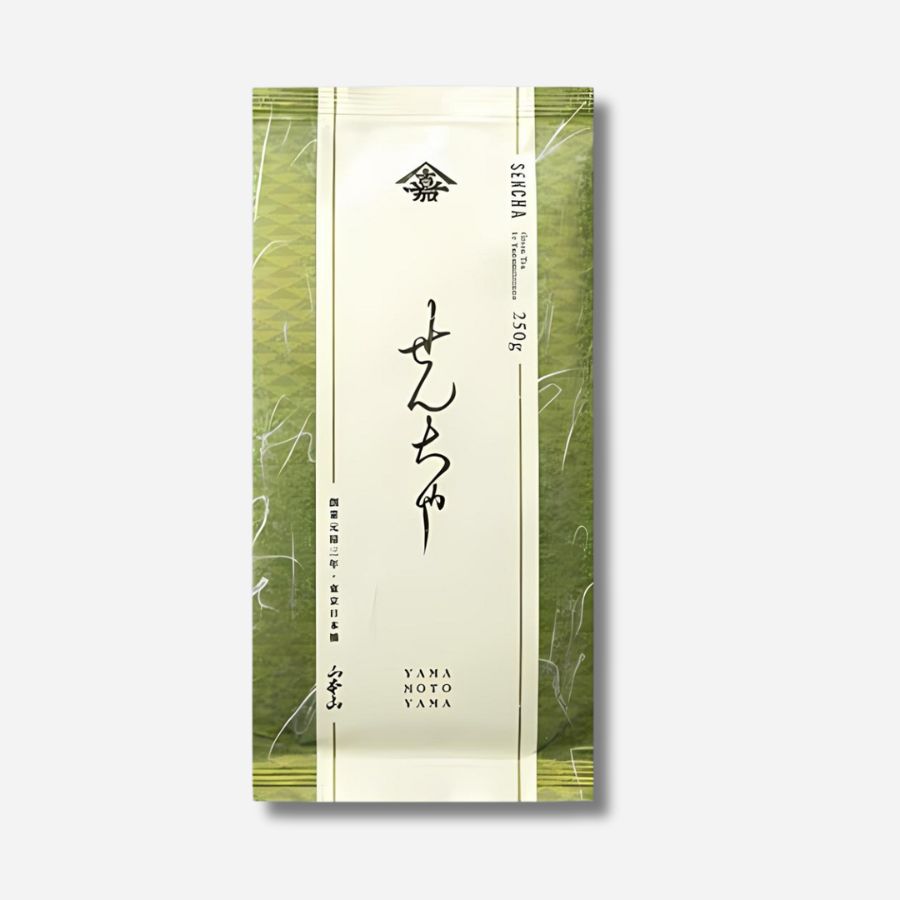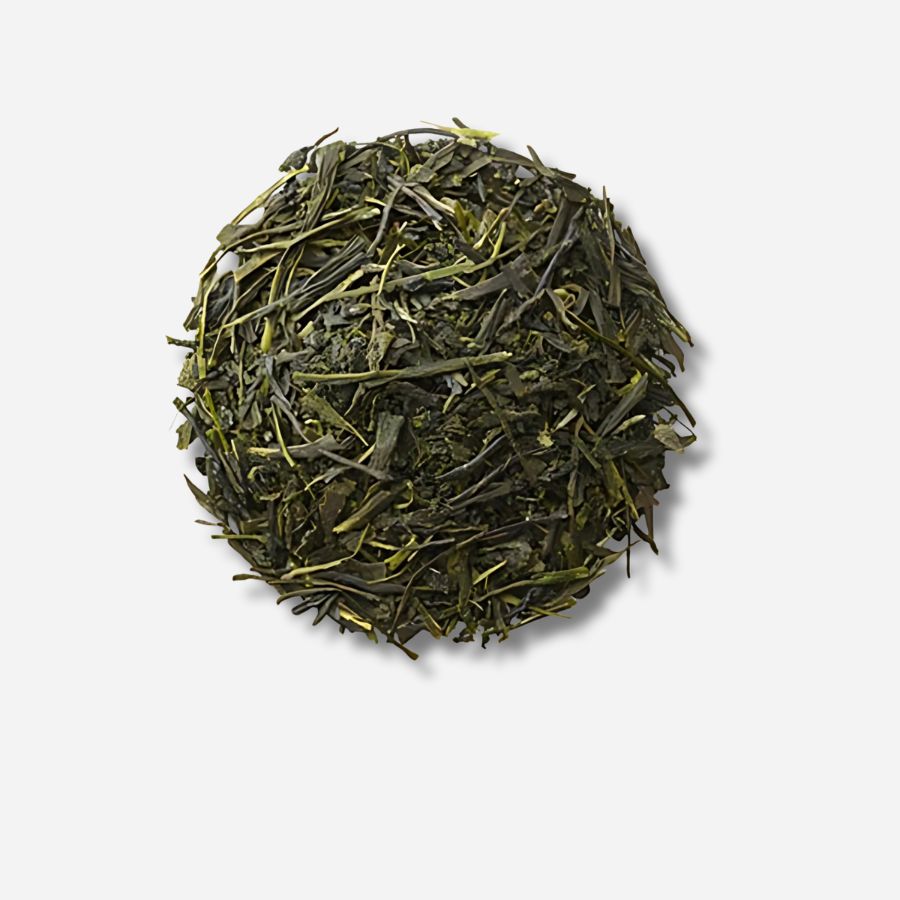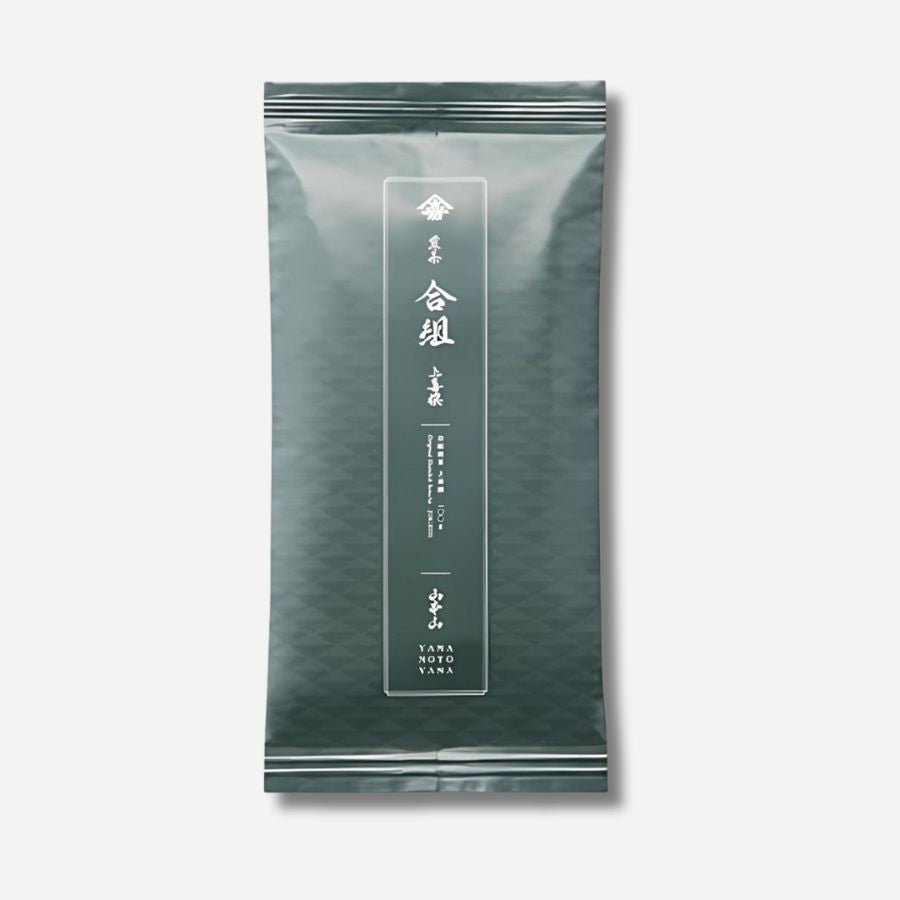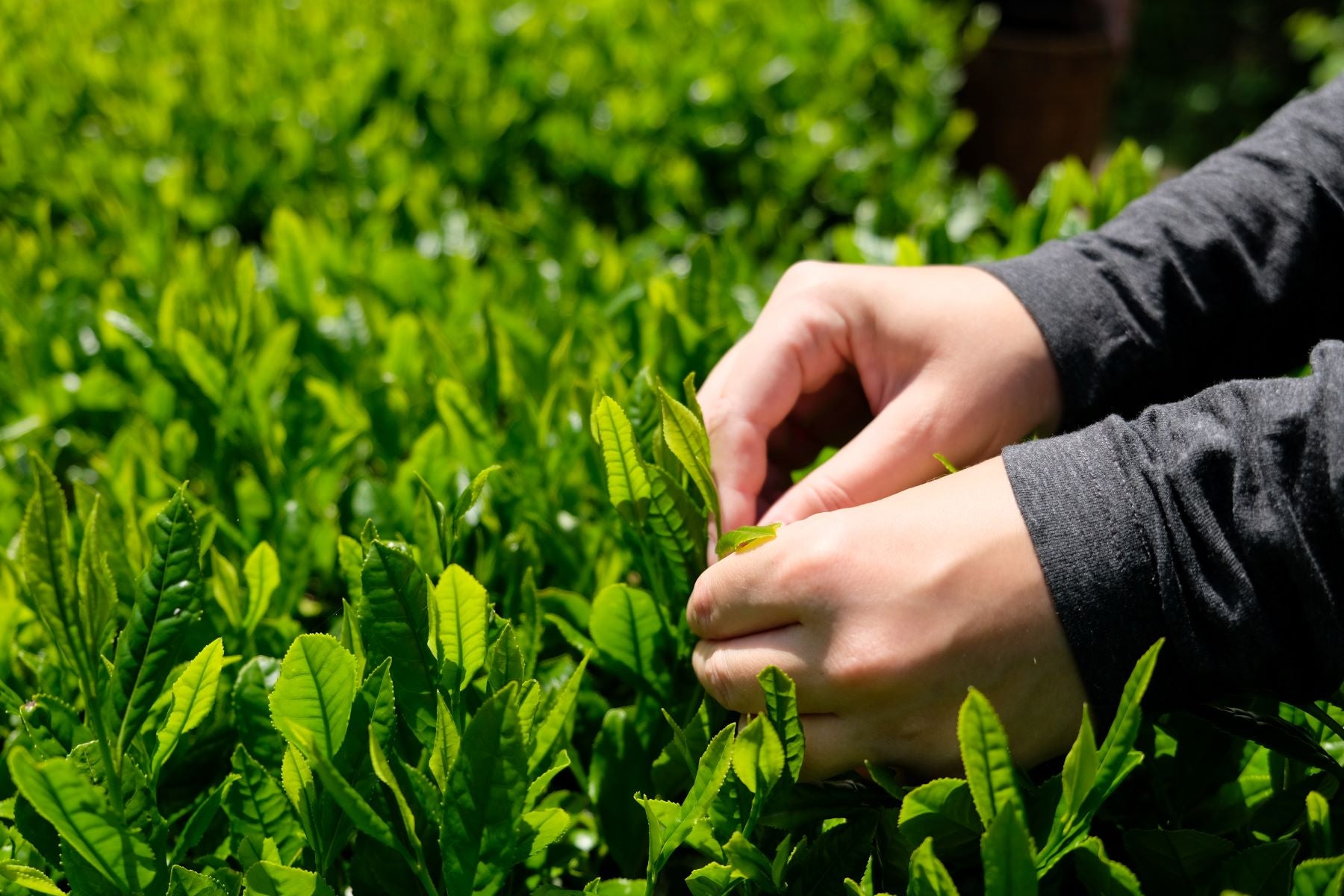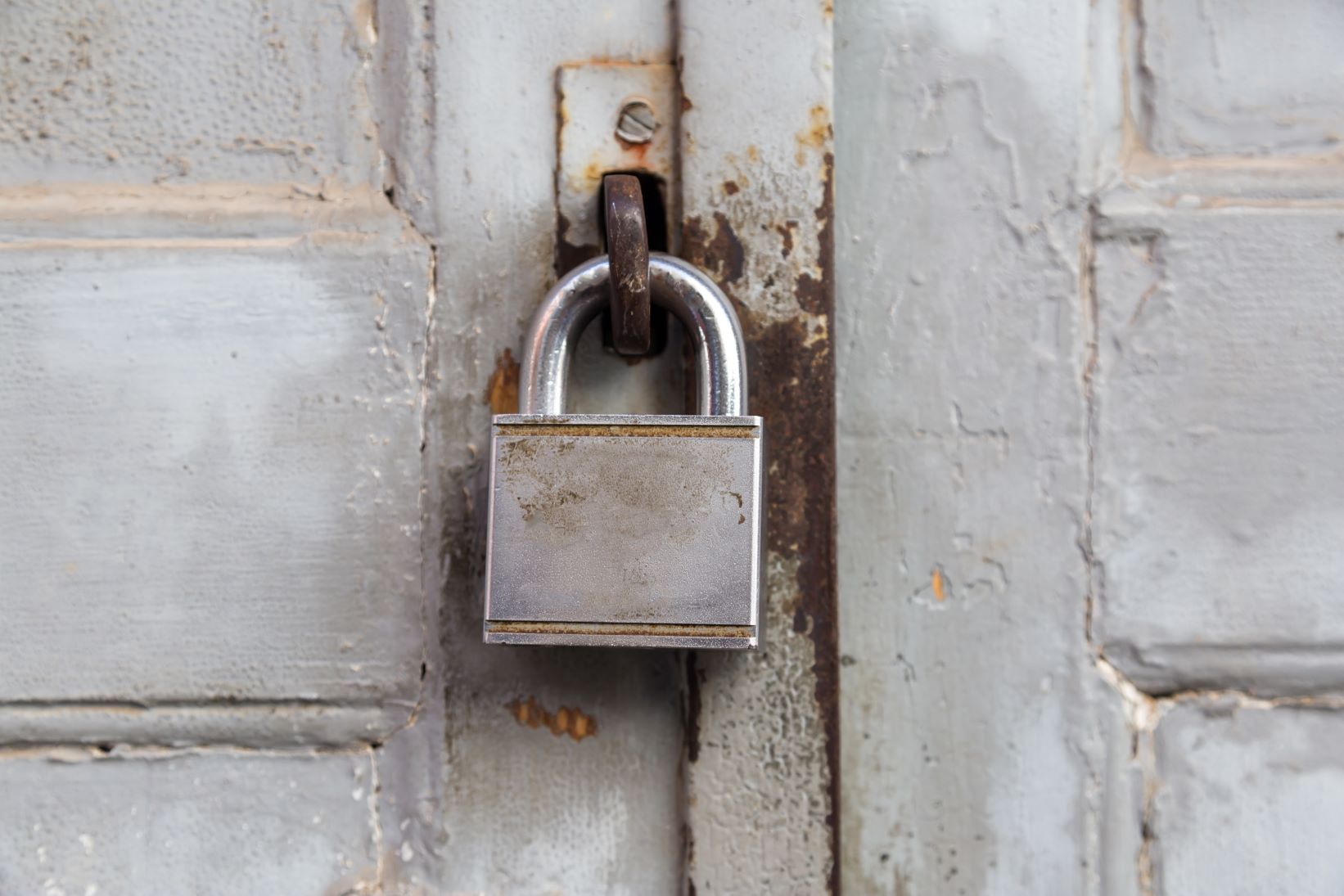
Why is cha and tae different? The secret behind the names of tea
Introduction
Tea is enjoyed all over the world, but it is called different things depending on the country and region.
Broadly speaking, they are divided into two categories: "Cha" and "Te".

"Cha" comes from "tea" and "chai" is the same meaning.
"Cha" comes from the Cantonese word "cha," which means "tea."
This name spread westward and northward from China via a land trade route called the Silk Road.
As a result, in countries that had cultural exchanges with China, such as Japan, Korea, and Mongolia, terms based on "cha" such as "chai," "chaya," and "tsai" became established.

"Te" is derived from the old word for tea, "dashi"
On the other hand, "Te" comes from the old Chinese character "da" which means "tea" and was pronounced "te" in the Fujian province.
This pronunciation was passed on to many European languages, including "te" in Portuguese and "tea" in English.
In other words, the tea consumed in Europe was transported by sea via Fujian Province, which is why the "te" family of names became common.

Historical background of Portugal where the name "Cha" remains
However, Portugal is an exception.
Portugal imported tea directly from China because it was a colony of Macau.
Therefore, unlike other European countries, they adopted the Cantonese pronunciation of "cha" for "tea."

Finally
In this way, the names of different teas reflect the historical background of how tea spread around the world.
The names for these things have changed greatly depending on whether they spread by land or sea, and through which regions they spread.
Tea is enjoyed all over the world, but knowing that there are historical stories hidden behind each of its names can make your tea-drinking experience even more fulfilling.




